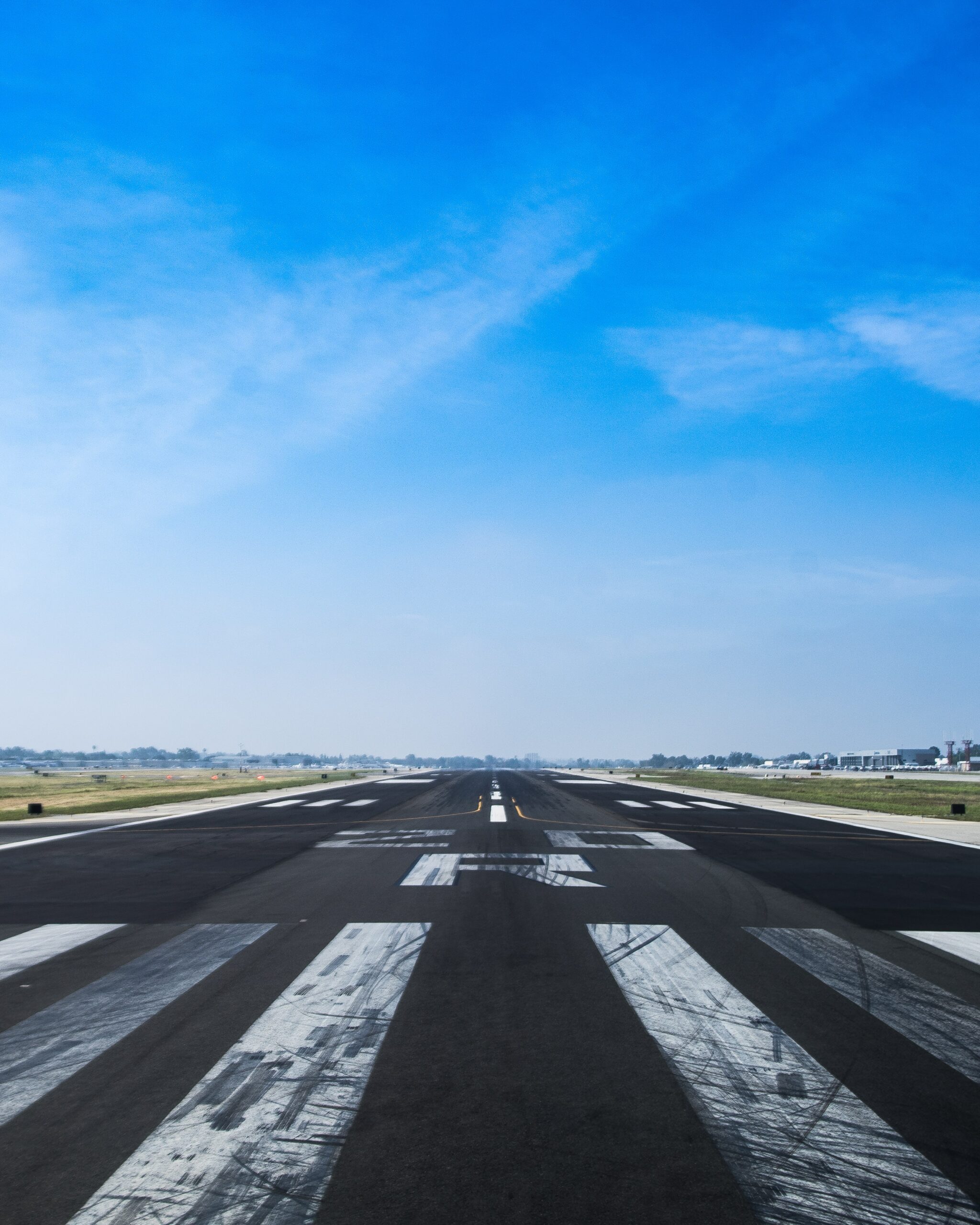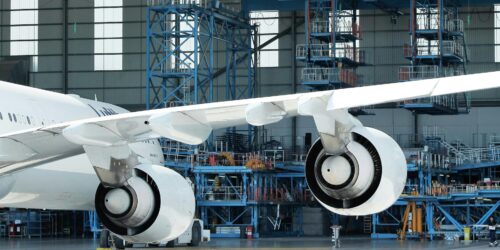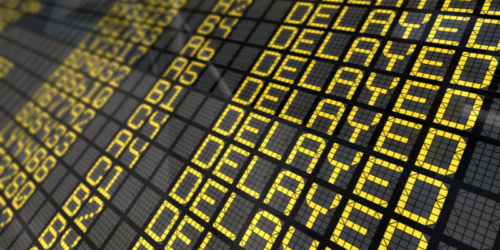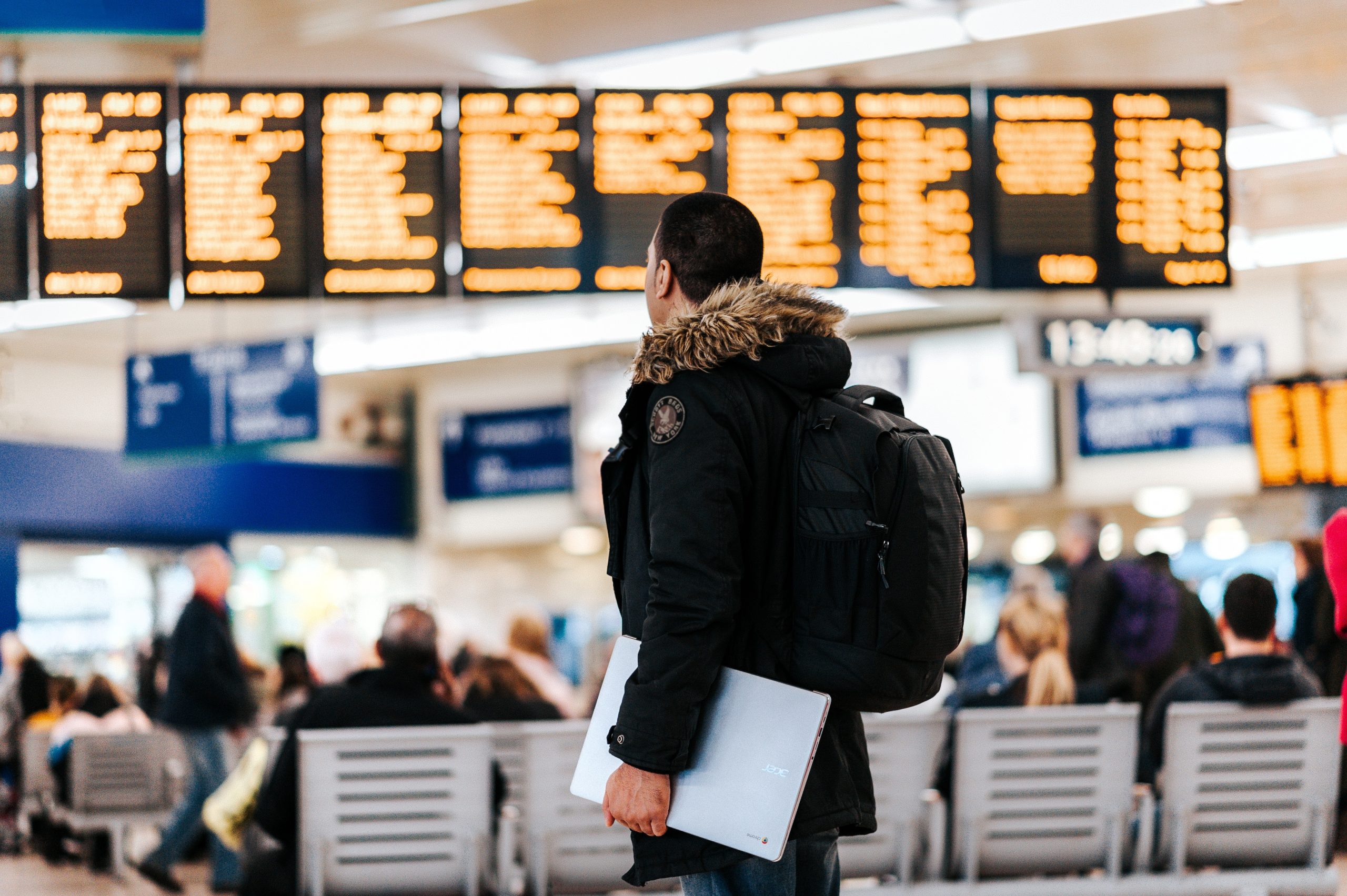Saving Fuel By Going Slow and Losing a Few Olives
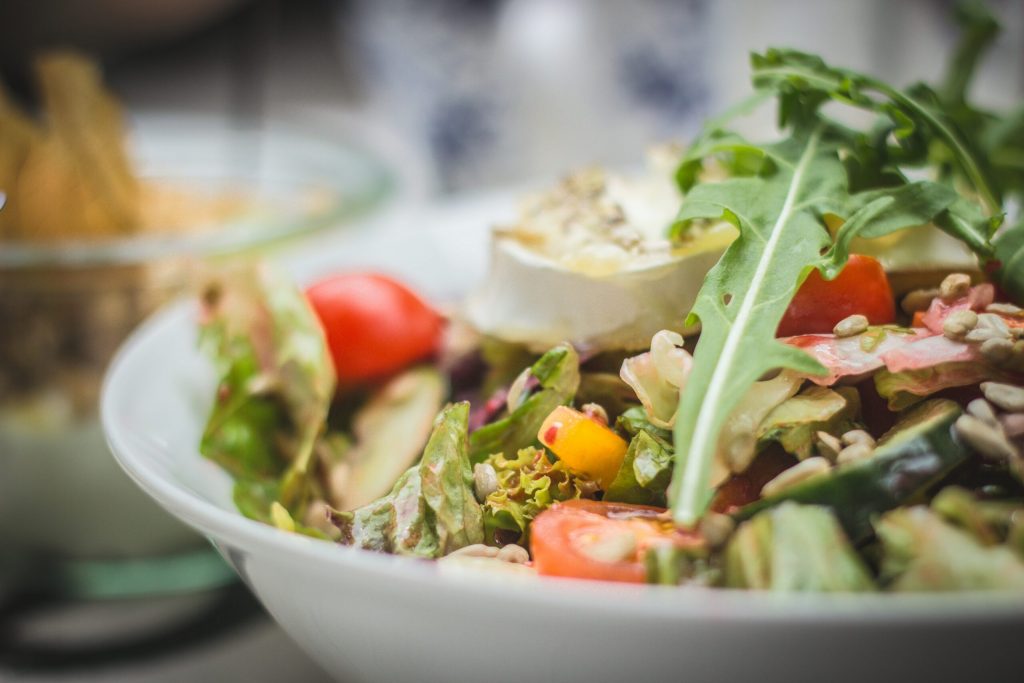
The price of airline travel is expensive compared with other modes of transport. No matter how airlines display prices the end cost of ticket normally ends up being high.
There are good reasons for high prices. The amount of staff, staff training, equipment, aircraft, real estate all add up to a relatively complex and expensive form of travel. Most would agree the benefits of air travel do outweigh the drawbacks.
One of the biggest expenses to airlines is fuel. The price of jet fuel can fluctuate just as much as the cost of gas (petroleum) at the pump. So airlines are always looking for creative ways to burn less fuel.
It’s important to remember that airlines are required to carry enough fuel to fly to the destination, and then to an alternate, and additional reserve fuel (30 minutes for jets, 45 minutes for non-jets).
Speed
Speed has a big role when it comes to the amount of fuel aircraft burn. Just like in a car, there are speeds where aircraft are more efficient. Aircraft weight, temperature and pressure affect this speed. There are very few airlines that fly at “full speed ahead” as there are higher fuel burns at higher power settings. Some airlines build flexibly into their procedures, so pilots can slow down if they are early and speed up if they are running late. Finding the magic speed for the best cost savings can vary, as flying slow also increase the amount of time the aircraft is in the air, raising maintenance and staffing costs.
Here are some examples of how big airlines save (2008):
- Southwest Airlines adds one to three minutes to each flight – estimated $42 million saved
- JetBlue adds just under two minutes to each flight – $13.6 million in savings
Flight Planning
Airlines always try to choose routes that are as most direct as possible. The sky is filled with “routes” that aircraft follow to navigate, however, these routes are rarely in a straight line. Air traffic control may be able to allow direct routes, but only if the airspace can accommodate it. Flying direct may not always be the most efficient if there are strong winds and occasionally it may be more efficient to fly dog legs to avoid direct headwinds. Altitude is key too. Higher is better for fuel burns unless there are headwinds/tailwinds to consider.
Technology
Technology plays a huge role in fuel savings. From using advanced computers to choosing the most efficient routes to the newest aircraft with the lowest fuel burns. Making small modifications such as adding “winglets” can increase fuel efficiency. Most aircraft manufacturers also publish ways to fly their aircraft more efficiently.
- United Airlines provided pilots software to choose the best routes and speeds – $20 million savings (2008)
Weight
Weight is a big part in improving fuel burn. Just like a car, the more weight being carried, the more energy is needed to move that weight. Aircraft today are getting lighter and lighter with the advancement of new light weight materials. Removing excess weight saves fuel, from smaller seats to paperless flight decks. Many airlines have given their pilots and cabin crew tablets and smartphones to carry their documents digitally. Airlines have also tried different paint options, or no paint at all, as the paint on an aircraft adds significant weight. Many domestic flights over land don’t have life jackets under the seats anymore. American Airlines in the 1980s removed one olive from their salads and found savings of $40,000 annually. The savings of a few bucks here and there can add up to big savings when the sheer volume of flights is considered.
- American Airlines starts using light weight drink carts – estimated $5 million in savings (2011)
- JetBlue dumps lav waste water after every flight to save on weight
Overall, lower operating costs normally mean lower fares for the travelling public. These fuel-saving initiatives also have the secondary advantage of reducing CO2 emissions, an area where airlines will have to look more closely at in the future. Small changes will make a difference to save fuel and help the environment, even if it means one less olive on your salad.
Sources:
- http://usatoday30.usatoday.com/travel/flights/2008-05-02-slow-fuel_N.htm
- http://www.farecompare.com/news/american-ditches-salad-and-other-airline-bans/
Photo by Jasmin Schreiber on Unsplash
